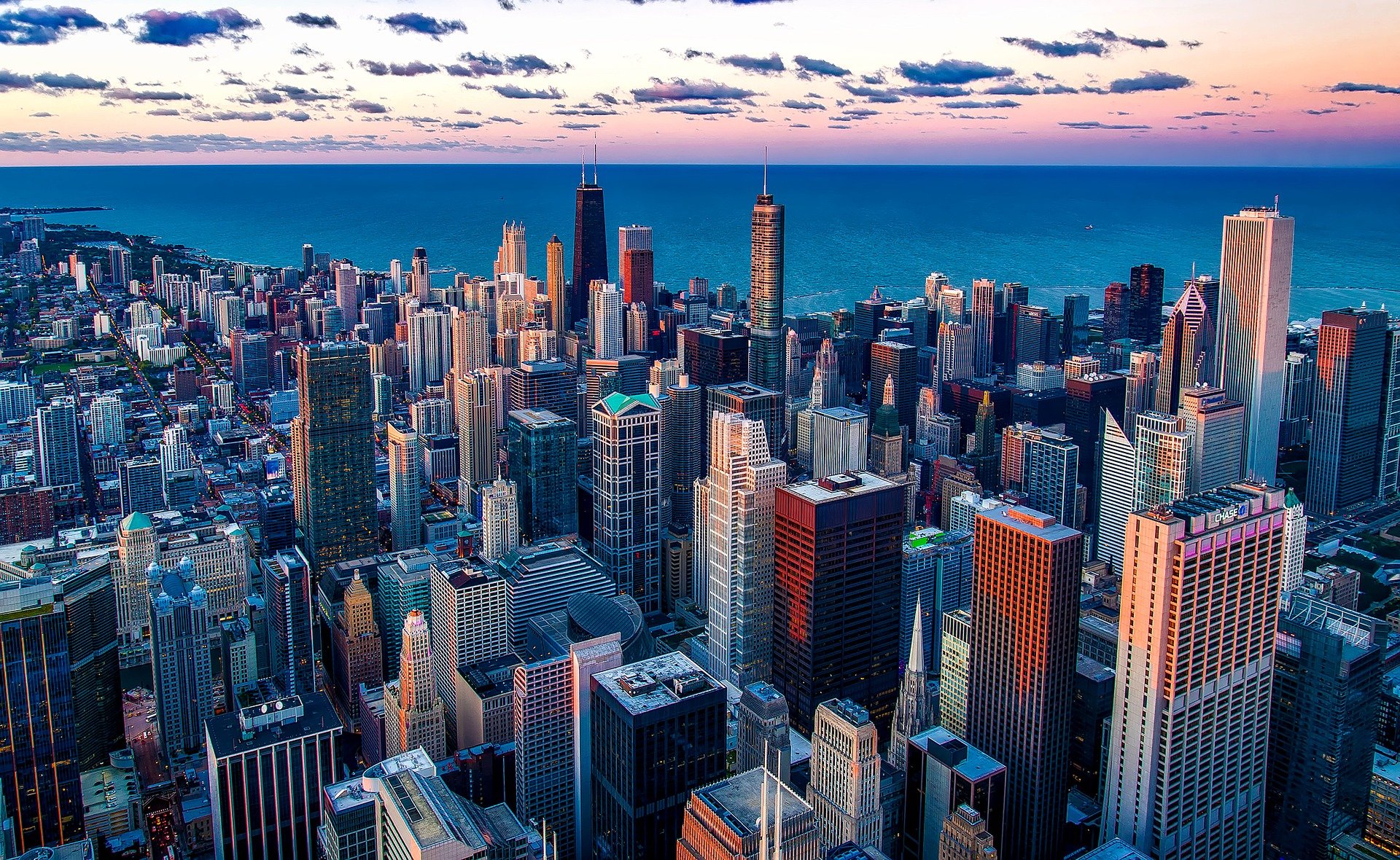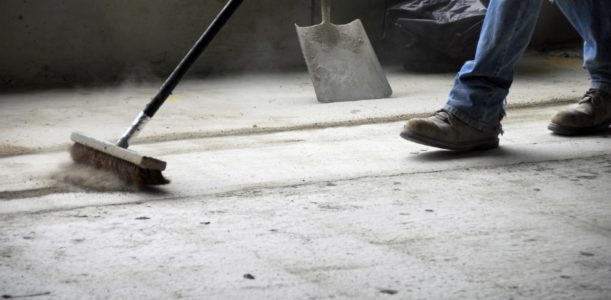
This article was previously published on 1/20/2017 and updated on 6/3/2025
How Photoelectric Smoke Detectors Work and Why Dust Trips Them
Photoelectric, or photoelectronic, smoke detectors use a simple but powerful principle: they shine a beam of light inside a sensing chamber and watch to see when particles interrupt that beam. In a clean detector, only smoke from a fire will scatter light into the optical sensor and trigger an alarm. Modern units pair this basic design with smart panel “intelligence,” using algorithms to distinguish real smoke from harmless airborne particles, like dust, moisture, or insects, so you get early warning without constant false alarms.
Smoke Detector Protection During Construction
When dirt and debris build up inside the chamber, however, the control panel’s software must continually recalibrate to filter out the extra “noise.” Over time, this compensation can exceed the detector’s design limits. Once it does, you’ll see trouble messages, such as “Maintenance Alert,” “Invalid Communication,” or “Detector Failed Test”, and the fire panel will sound a trouble signal.
When this happens, most manufacturers or dealers will not cover this under warranty.
Smoke detector maintenance and protocol should be followed during construction and/or new installations to ensure proper detector operation and prevent false alarms. This includes smoke duct detectors installed to the heating and cooling ventilating system.
During construction, NFPA 72 requires smoke detectors to be protected from dust and other debris that could affect their operation. According to ICC code 3303.9.1, Smoke detectors and smoke alarms, “smoke detectors and smoke alarms located in an area where airborne construction dust is expected shall be covered to prevent exposure to dust or shall be temporarily removed. Smoke detectors and alarms that were removed shall be replaced upon conclusion of dust-producing work. Smoke detectors and smoke alarms that were covered shall be inspected and cleaned, as necessary, upon conclusion of dust-producing work.”
This is typically achieved by covering the detectors with temporary bags or shields during dust-producing activities. After completing any work that generates dust, ensure that all detectors are reinstalled and thoroughly tested.
How to Resolve Smoke Detector Issues Due to Dust and Debris
When your fire panel displays a “Trouble” condition related to detector maintenance, a swift response can restore full protection. Follow these steps:
- Contact Your Service Provider
Reach out to your certified fire-alarm technician—such as HRSS/SMG—to report the trouble signal. A trained professional can confirm that the issue is dust or debris, guide you through on-site troubleshooting, and dispatch a technician if onsite service is required. - Clean the Sensor Chamber
If you’re qualified and comfortable performing basic maintenance, gently remove the detector head from its base and use a soft-bristled vacuum attachment or low-pressure canned air to clear dust from the chamber. Focus on the optical pathways—where the light source and sensor face each other—to restore the beam’s clarity. Always follow the manufacturer’s recommendations to avoid damaging sensitive components. - Replace the Detector Head
When cleaning doesn’t clear the trouble, swap out the detector head for a new, UL-listed photoelectric unit. Most modern detectors simply twist off their bases and replace without rewiring. Once the new sensor is installed, the panel should automatically recognize it and revert to normal operation. - Verify Sensitivity Readings
Many fire alarm control panels allow end-users to view each detector’s sensitivity level. After cleaning or replacement, navigate your panel’s menu to the sensitivity or “smoke level” readout. Confirm that the detector falls within the manufacturer’s specified obscuration range, typically between 0.5% and 2.5% per foot. If you’re unsure, your service provider or system dealer can walk you through this check. - Respond to Trouble—Don’t Ignore It
Remember, “Trouble,” “Supervisory,” and “Detector Maintenance” alerts are not the same as an actual fire alarm. They’re your system asking for routine attention. Ignoring these signals could eventually mask a real fire condition or lead to complete sensor failure. - Maintain “All Systems Normal”
The ultimate goal is a fire-panel display that reads “All Systems Normal.” You can ensure uninterrupted, code-compliant fire detection by promptly addressing trouble alerts through cleaning, testing, or replacement.
Building owners can ensure compliance and safety by partnering with commercial fire alarm service providers like HRSS/SMG in the Chicago area to ensure adherence to NFPA 72 installation and construction guidelines.
Best Practices for Keeping Detectors Clean and Functional
Building owners can ensure compliance and safety by partnering with commercial fire alarm service providers like HRSS/SMG in the Chicago area, to ensure adherence to NFPA 72 installation and construction guidelines.
- Coordinate Installation and Construction Phases
- Install detector bases early, but delay mounting and commissioning the sensor heads until all major dust-producing work is finished.
- If detectors must remain active during construction, cover them with approved dust caps or shields and promptly remove them when work is finished.
- Routine Cleaning Protocol
- Every three to six months (or more frequently in dusty environments), gently vacuum the sensing chamber or use low-pressure compressed air to dislodge settled debris.
- Avoid solvents or harsh chemicals, they can damage the optical components.
- Sensitivity Testing
- After cleaning or whenever “Maintenance” troubles occur, use your fire panel’s built-in sensitivity readout (if available) to verify the detector still responds within its intended obscuration range.
- Detectors that cannot be brought back into specification should be replaced immediately.
- Timely Replacement
- Photoelectric detectors typically have a useful service life of 10 years. When a unit begins to report frequent maintenance alerts even after cleaning, swap it out for a new, UL-listed detector to restore full reliability.
- Partner with Professionals
- A qualified fire-alarm service provider like HRSS/SMG can schedule and perform all cleaning, testing, and replacements under a maintenance contract, keeping your system in compliance with NFPA 72 and ICC guidelines without additional burden on your staff.
Dust and dirt are the most common culprits behind nuisance troubles in photoelectric smoke detectors, but with proper installation timing, protective measures during construction, and a regular maintenance regimen, you can ensure your system remains “All Systems Normal.”
To ensure hands-off support and complete compliance with NFPA 72 standards throughout construction and beyond, collaborate with HRSS/SMG. Our commercial fire-alarm service contracts cover routine maintenance, sensitivity testing, and rapid response to any trouble condition, keeping your system clean, functional, and ready to protect.
Ensure your fire alarm system performs at its best by partnering with HRSS/SMG for professional on-site service and thorough maintenance. Our UL-listed solutions and 24/7 central station monitoring guarantee compliance with NFPA 72 and uninterrupted protection. Contact us for all your fire alarm maintenance needs, including smoke detector installation and inspection.



